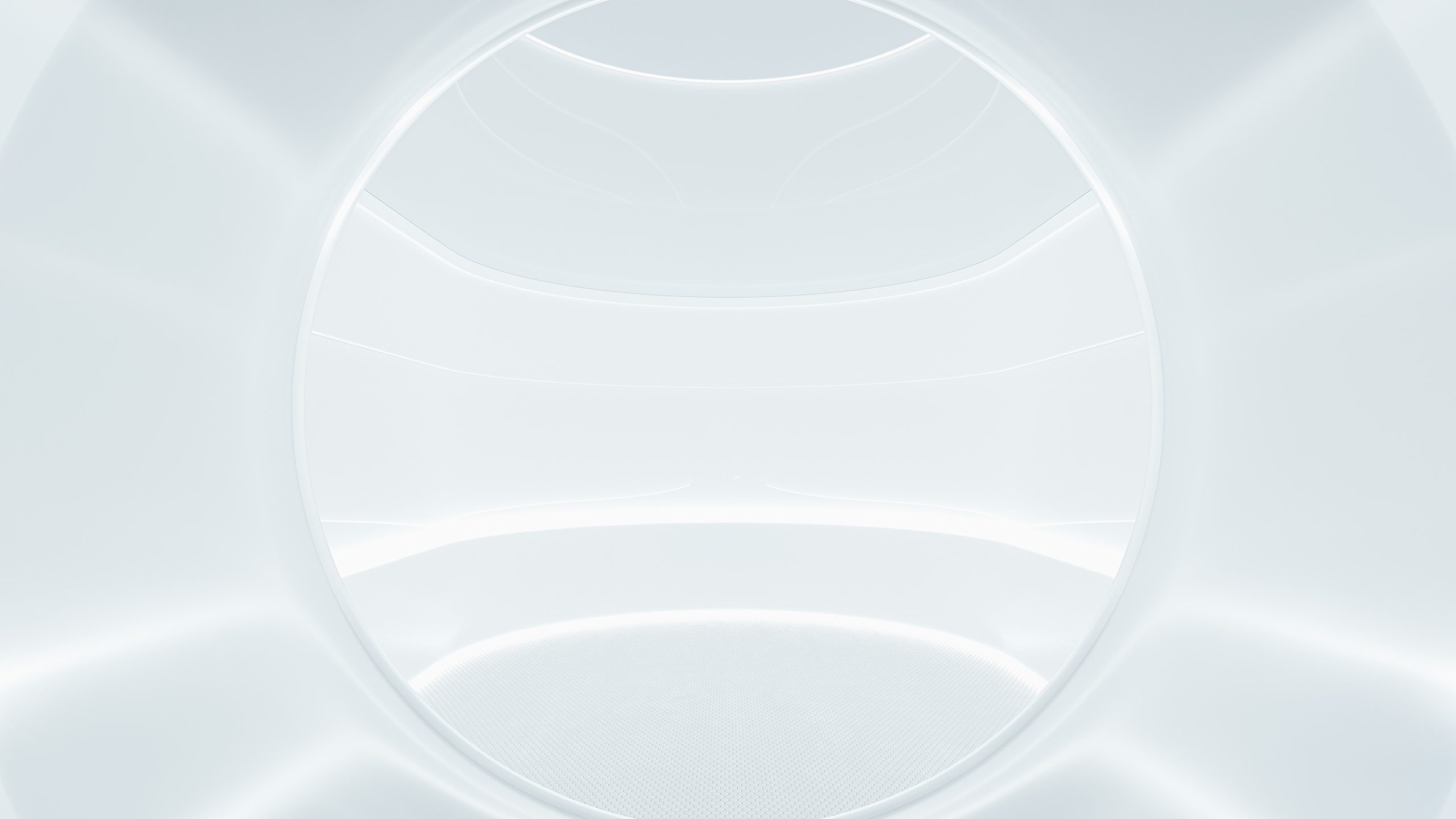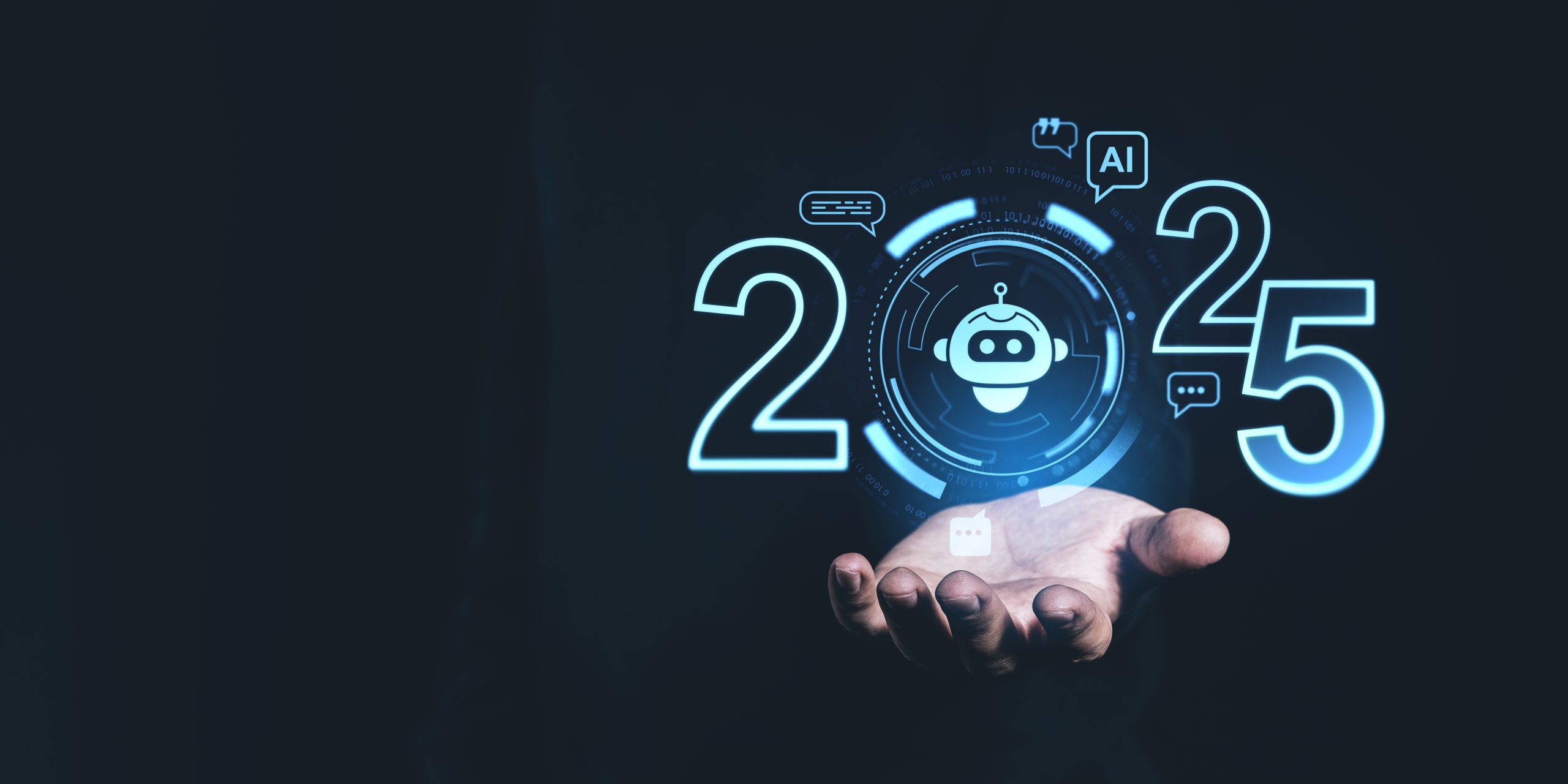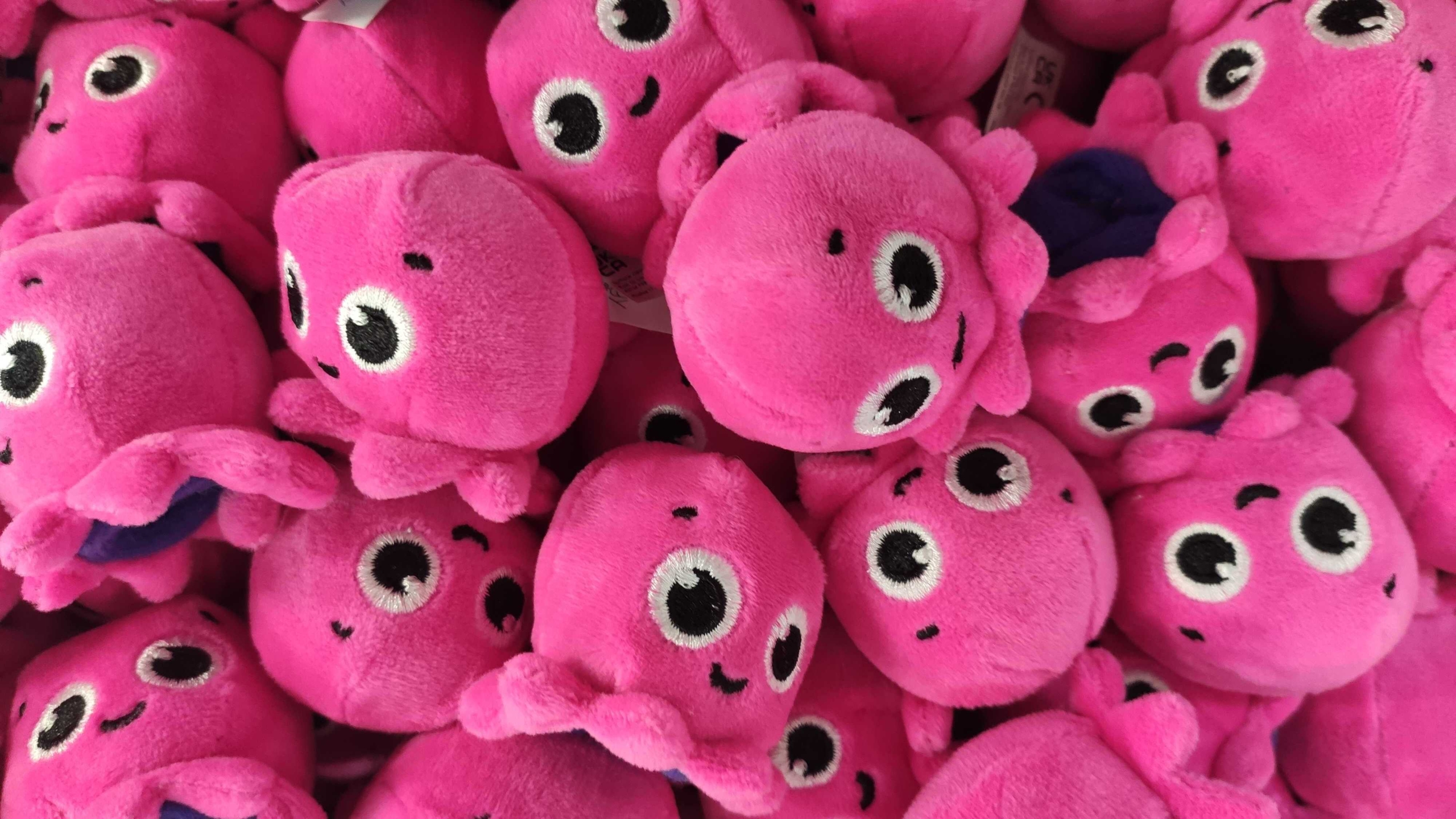Moving the Needle in Next Gen Drug Delivery
So What’s New?
Whilst drug delivery methods have historically consisted of simple compound drugs administered orally or as injectables, there has been exciting and extensive innovation within drug delivery techniques in recent years. This innovation drive has been fuelled by the remarkable estimate that >50% of patients do not take their medications as prescribed[1].
Some of these recent innovative drug delivery methods are not entirely new, where for example transdermal drug delivery (via skin) in the form of the nicotine patch has been around for more than 30 years. However developments within these formerly niche areas – namely transdermal (skin) and ocular (eye) – have recently progressed dramatically. The challenge towards the traditional methods of oral dosages and injectable solutions is very much underway. This is a key reason why next gen drug delivery is an area of close interest for early stage investors such as ourselves, where we are increasingly focused on such exciting developments that will shape and redefine the Future of Health.
What’s Driving This Innovation?
Broadly speaking, next gen drug delivery methods are being fuelled by many of the same macro factors (growing populations, increased healthcare spending, growth in developing countries) that are driving the healthcare industry globally. Research suggests that by 2050, most OECD countries will spend more than a fifth of their GDP on healthcare[2].
Specifically speaking, there are two key drivers powering innovation within drug delivery: an ageing demographic, and advancements in drug delivery technology.
1. Getting Old
Drug adherence (which is directly linked to drug delivery) is a major issue for doctors, hospitals, and ultimately patients. In the US alone, it is reported that medication non-adherence is linked to around 125,000 deaths every year[3], where more than $200 billion[4] might be saved each year by increasing patient adherence. These figures help to explain why in 2017, we were so excited to invest in a company called Medisafe – a personalised medication management platform that is helping millions of people worldwide to take their medications as prescribed. This issue of poor adherence is compounded by the fact that the world’s 65+ age group is also most at risk to chronic diseases, such as Type 2 diabetes and Glaucoma. For example, the prevalence of glaucoma increases by >4x between the ages of 60 to 80[5]. It is therefore no surprise to see how today’s earlier generations are driving the next generation of drug delivery.
2. Advancing Tech
Patient-led demands have also ushered in a new wave of drug delivery technologies, as patients are increasingly expecting drug delivery to be quick, painless, easy to implement at home, and with fewer side effects.
These new technologies have also enabled previously unusable drugs to be delivered in a targeted manner, such as transdermal patches, providing greater control over the time, rate and place of drug release in the body. Innovation has also allowed new techniques to demonstrate more potency than conventional methods, as estimates suggest almost 70% of new candidates in oral drugs exhibit poor water solubility[6].
What Does Next Gen Drug Delivery Look Like?
Transdermal and Ocular are two of the most exciting areas for witnessing next gen drug delivery. Whilst administering medicine directly through the skin or eyes respectively is not a new phenomenon, developments within these landscapes are significant.
“Google partnered with Novartis’ eye-care division to develop a smart contact lens to non-invasively measure users’ glucose levels through their tears”
Transdermal is the most successful non-oral drug delivery method, accounting for over 12% of the global drug delivery market. In $ terms, the transdermal market was valued at $32.5bn in 2016, and is forecasted to reach $61.7bn by 2023[7]. Improved and less invasive patch designs, the evolution of microneedles, and enhancements in drug diffusion are driving this growth. This has enabled transdermal drug delivery to move from a niche provider of nicotine and motion sickness patches, to a large and growing player within the drug delivery market.
Displaying a similarly impressive growth rate, the ocular drug delivery market was valued at $16bn in 2016 and is forecasted to almost double by 2030[8]. Whilst historical ocular drug delivery has been centred around eye drops, ointments, injections, and suspension applications, these typically suffer from poor adherence, low potency, and extensive drug wastage (only a limited amount of eye drops actually penetrate the corneal layer and reach the internal eye tissue). New ocular methods consisting of eye implants, inserts, and next gen drops and lenses, allow for the combined benefits of correct dosing and complete absorption, release of drugs at a slow and steady rate, and better patient compliance. As an example of what this might look like, Google partnered with Novartis’ eye-care division to develop a smart contact lens to non-invasively measure users’ glucose levels through their tears. This was rightly hailed as a potential game changer for diabetics around the world. However, such next gen solutions do not come without their challenges: this project was stopped in 2018 due to the current difficulty of detecting blood sugar in tears.[9]
The Challenge to Challengers: Regulation
Despite impressive growth rates and significant innovation throughout the drug delivery landscape, oral dosage solutions and injectables are still the primary methods of drug delivery. These remain patients’ preferred method due to ease, comfort, and often lower costs. However, the need for improved adherence is driving exciting changes to next gen drug delivery.
A key obstacle facing companies developing these innovations is the regulatory environment. As such, the current landscape of early stage companies operating in this space is still quite limited, with a tilt towards the larger US market. Whilst the long regulatory timeline has likely restricted the amount of investment into startups focused on next gen drug delivery, there have recently been a number of positive signals. The US Food and Drug Administration (FDA) has taken a number of steps in recent years to create a more favourable regulatory environment, where this includes: establishing a new body (CPPC) in 2016 to coordinate policy around combination products, creating a new framework for prescription drug-use-related software, and approving a number of software-based algorithms in late 2018, all of which can play a key role in streamlining the regulatory environment for next gen drug delivery methods.
A Life-Changing Opportunity
So whilst still early, a combination of technological advancements, favourable socio-demographic factors, and an improving regulatory environment are all helping to drive innovation within drug delivery, providing a life-changing opportunity for patients, doctors, and investors alike.
We remain really excited by the opportunity awaiting startups entering this space and as always, would be delighted to hear from you.
[1] McKinsey, 2008
[2] Brown and Bussell, Medication Adherence: WHO Cares? 2011
[3] McCarthy, The Price you Pay for the Drug Not Taken, 1998
[4] IMS Institute for Healthcare Informatics, 2013
[5] Citi Research, 2016
[6] Kakran, Li, Muller, Overcoming the Challenge of Poor Drug Solubility, 2012
[7] Kaul, Chandra, Transdermal Drug Delivery Systems Market, 2017
[8] Citi Research, 2016
[9] Labiotech, What Happened to the Plans for a Smart Contact Lens for Diabetics?, 2018














